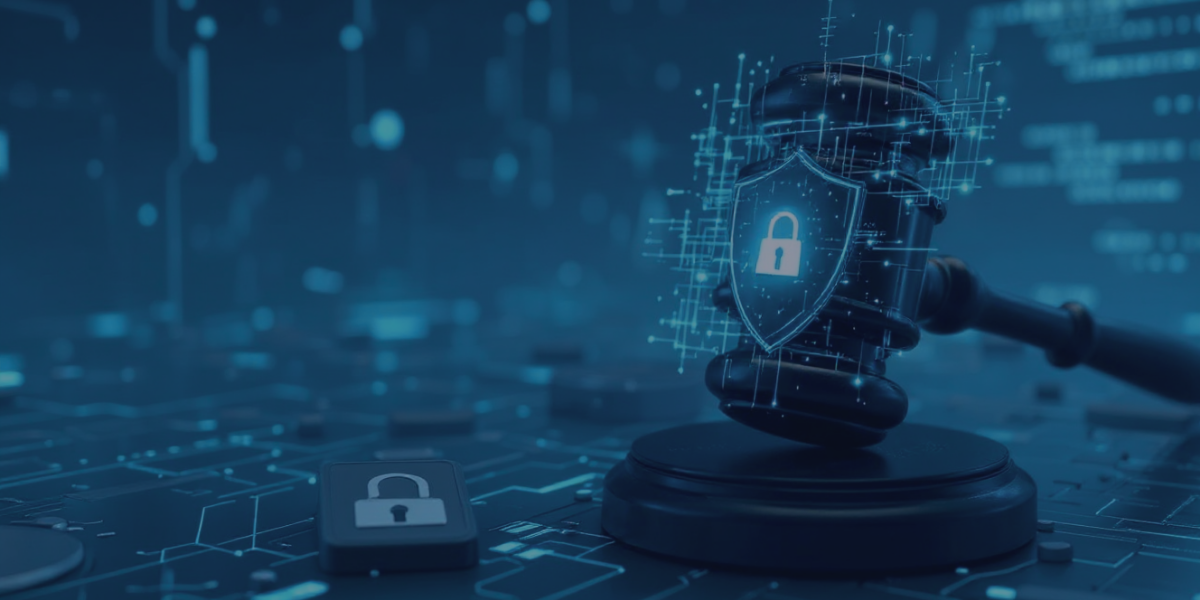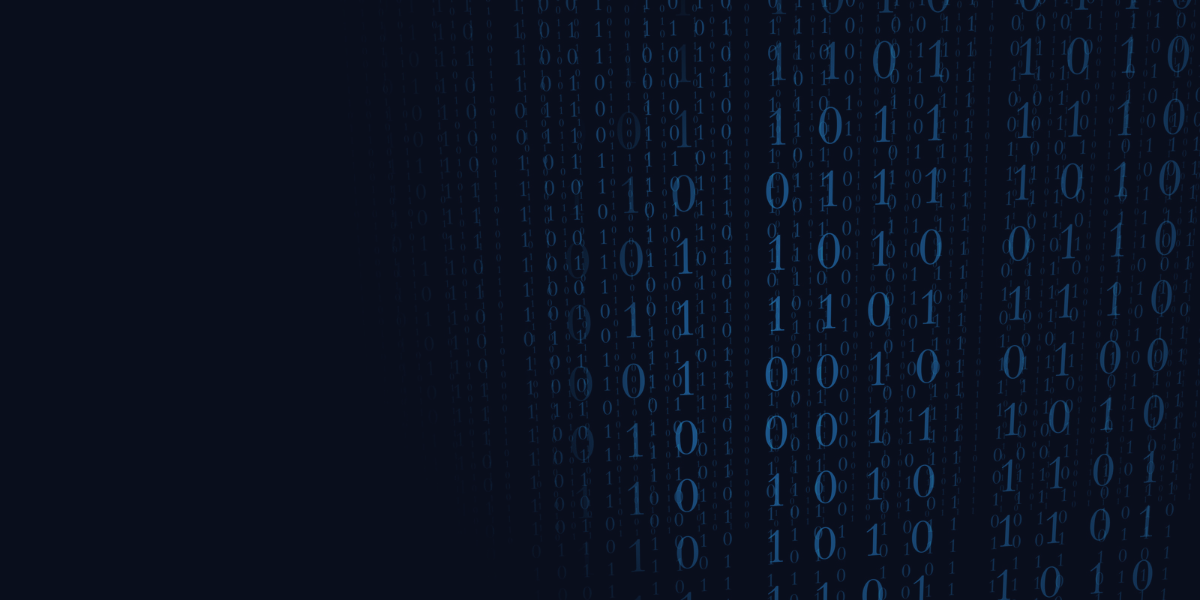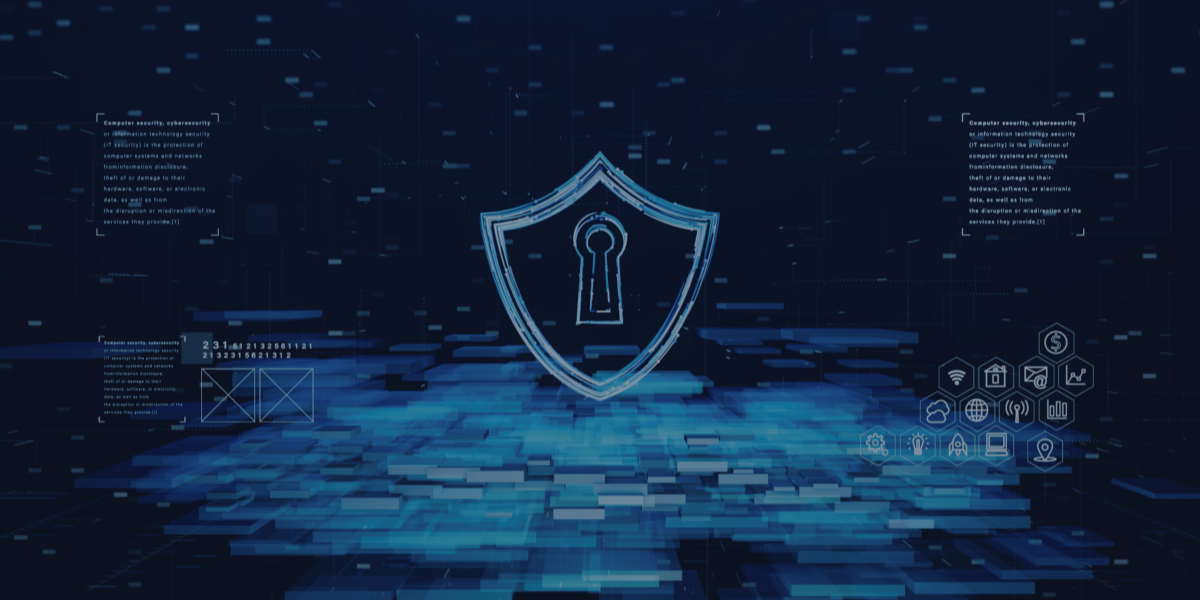EU CRA, FDA, and Cyber Regulations The regulatory landscape for product security has fundamentally shifted. What was once a “nice-to-have” consideration has become mandatory compliance across industries, with cybersecurity now sitting at the center of product...
What are the questions you ask about a cybersecurity solution before deciding to implement?
With the rise of the Internet of Things, widespread digital adoption, increased reliance on open source software, cloud services, and mobile devices; the realm of cybersecurity has had to face no shortage of new challenges in recent years. In turn, investments in new cybersecurity solutions skyrocketed, offering you more options than ever before. But all of these options offer their own challenges: How do you differentiate between solutions and choose the right one for your business?
It’s important to ask yourself these four questions:
- What are your risks?
- What are your cybersecurity goals?
- What does your industry require?
- What happens after implementation?
And even more importantly, how do your answers compare with the capabilities of the cybersecurity software you’re looking to implement?
Make sure you’re making the right cybersecurity investment. Download our free guide today for full insight.
Check Out Our Latest Blog Posts
Secure Coding Practices: A Q&A with Industry Expert Rolland Dudemaine
Listen to the audio overview Even with decades of hard-earned security wisdom and modern verification tools, embedded software encounters the same kinds of bugs. Why do these mistakes keep showing up in code written by seasoned engineers? How do you write...
Is Your Security Helping or Hurting Your Product Line Profitability?
Ask any product manager about their biggest budget headaches, and security will likely make the top three. It's easy to see why. Security investments feel like insurance premiums, necessary but painful expenses that drain resources from feature development and...



